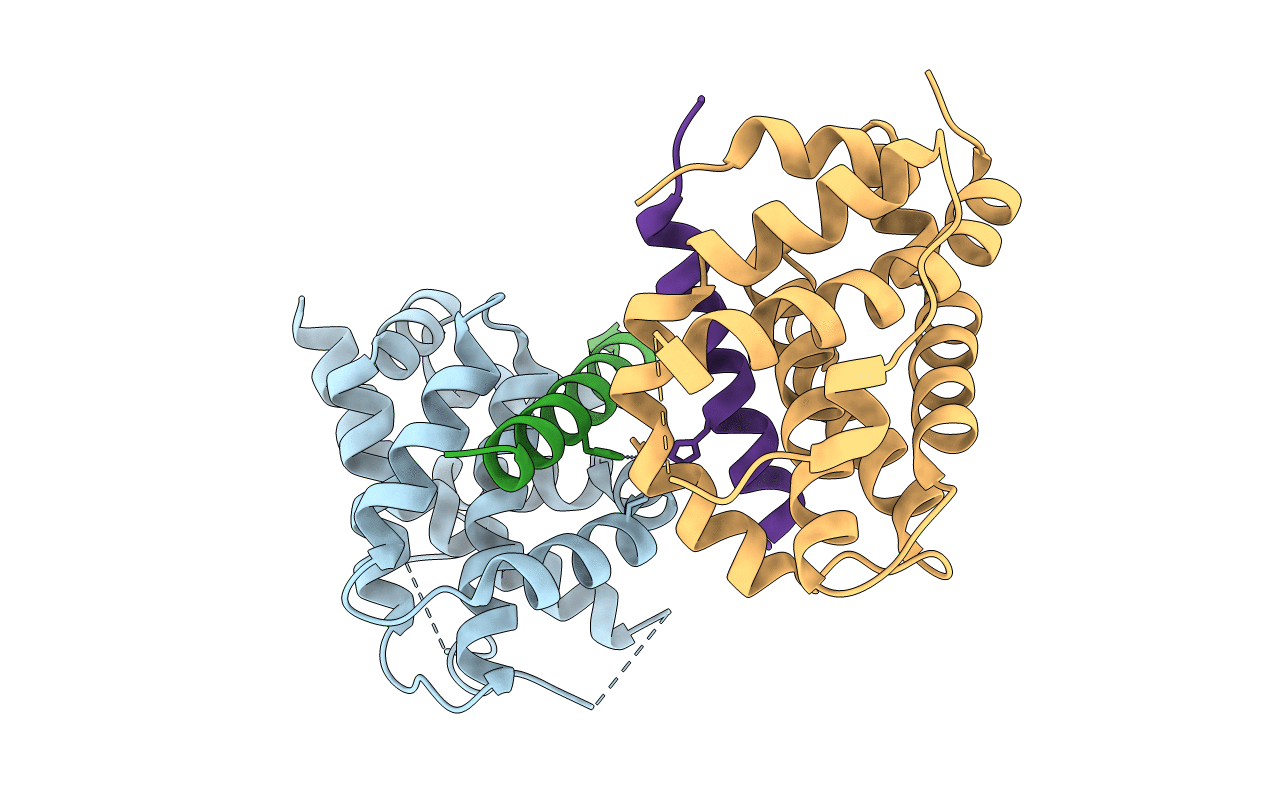
Deposition Date
2021-03-23
Release Date
2022-01-12
Last Version Date
2024-10-23
Method Details:
Experimental Method:
Resolution:
1.85 Å
R-Value Free:
0.20
R-Value Work:
0.16
R-Value Observed:
0.17
Space Group:
P 21 21 21


